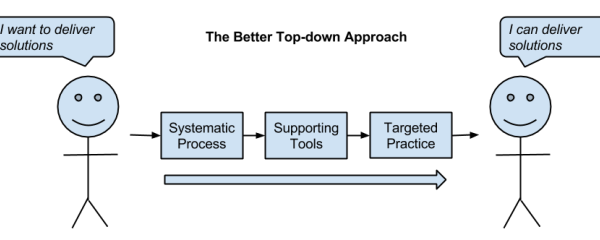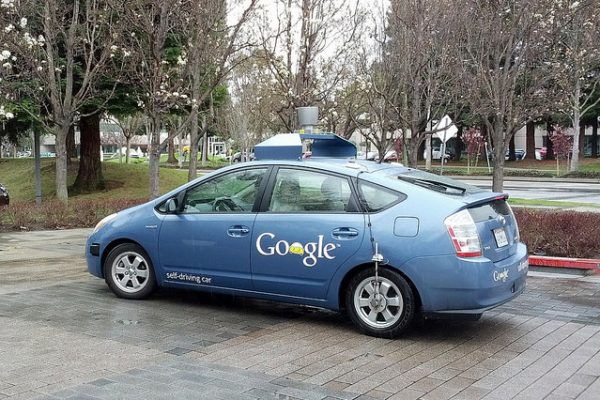How to Use a Machine Learning Checklist to Get Accurate Predictions, Reliably
Last Updated on August 15, 2020 How do you get accurate results using machine learning on problem after problem? The difficulty is that each problem is unique, requiring different data sources, features, algorithms, algorithm configurations and on and on. The solution is to use a checklist that guarantees a good result every time. In this post you will discover a checklist that you can use to reliably get good results on your machine learning problems. Machine Learning ChecklistPhoto by Crispy, […]
Read more








